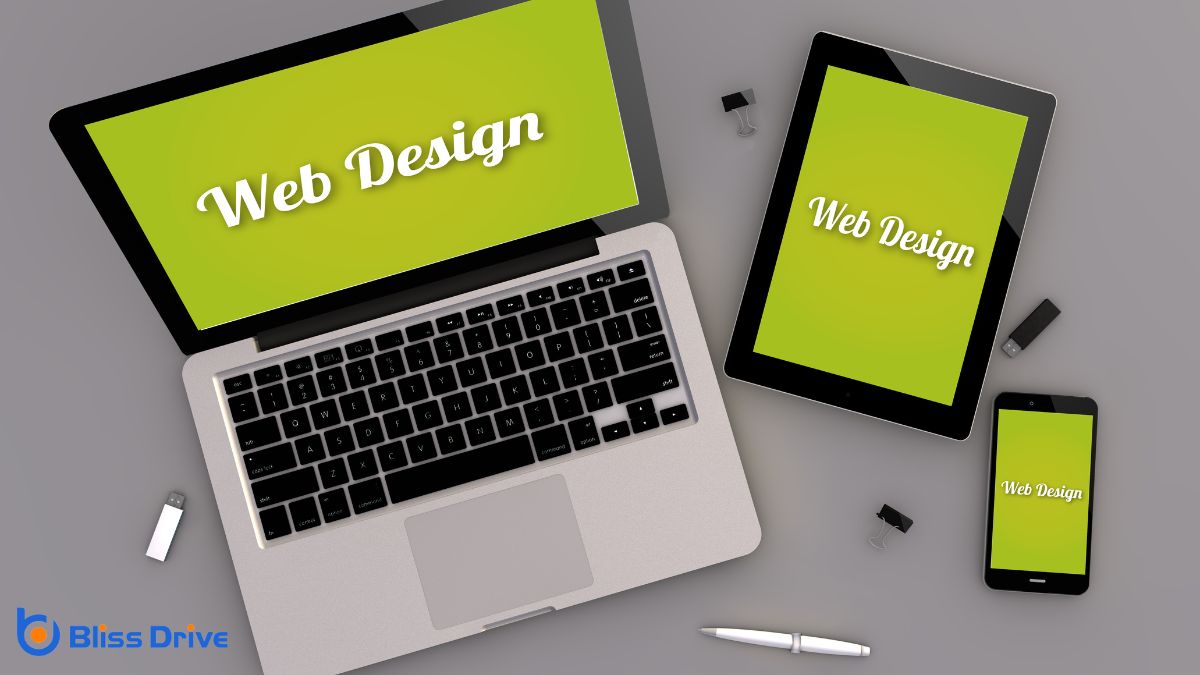Learn More About Us

In today's digital age, we can definitely create stunning websites without having to write a single line of code. With drag-and-drop website builders and visual design tools, the process has become more accessible and efficient. These platforms offerThe specific product or service being promoted by affiliates. pre-designed templates and customizable layouts, allowing us to focus on creativity and aesthetics. But how do these tools really work, and what are the best practices for using them effectively? Let's explore further.

While traditional coding skills can be intimidating for many, drag-and-drop website builders offer a user-friendly alternative that empowers anyone to create stunning websites with ease.
These tools allow us to focus on design and functionality without the need to learn complex coding languages. We simply drag elements like text boxes, images, and buttons to our desired locations on a webpage.
This simplicity lets us experiment with various layouts and styles to find what works best for our vision. These builders provide an intuitive interface where we can visualize changes instantly.
They're perfect for beginners and professionals alike, allowing us to customize our sites without any programming knowledge. By embracing these tools, we can bring our creative ideas to life efficiently and effectively.
When creating a website, pre-designed templates can be a game-changer, offering us a solid foundation to build upon. They free us from starting from scratch, letting us focus on personalizing our site to reflect our unique vision.
These templates cater to various needs and styles, ensuring we find one that resonates with our brand.
Here are some benefits of using pre-designed templates:
Embrace the ease of pre-designed templates for a streamlined web design journey.
As we venture into the domain of web design, visual design tools become invaluable in releasing our creativity. These tools empower us to craft stunning websites without needing to write a single line of code.
By using intuitive interfaces and drag-and-drop functionality, we can easily manipulate elements such as images, colors, and fonts to match our vision.
Visual design tools like Canva, Figma, and Adobe XD provide us with the flexibility to experiment with various layouts and styles. They allow us to see real-time changes, making the design process interactive and engaging.
By harnessing these tools, we can focus on creativity and aesthetics, ensuring our web designs are both functional and visually appealing.
Let’s embrace these resources to transform our ideas into reality.
Building on the creativity released by visual design tools, we can further streamline our web design process by utilizing content management systems (CMS).
These powerful platforms allow us to maintain and update our websites without needing to code, offering a user-friendly interface that simplifies content creation and management. By using a CMS, we can focus more on crafting engaging content and less on technical details.
Here are some benefits of using a CMS:

Responsive design has become essential for creating websites that look great on any device, and thankfully, we don't need to know how to code to achieve it.
With intuitive website builders like Wix, Squarespace, and WordPress, we can easily guarantee our sites automatically adjust to different screen sizes. These platforms offer responsive templates and drag-and-drop features, making design adjustments simple and accessible.
We should focus on selecting templates that are inherently responsive and previewing our designs on various devices. By doing this, we guarantee a seamless user experience.
Additionally, many builders provide an option to switch between desktop, tablet, and mobile views, allowing us to make specific tweaks as needed. Embracing these tools empowers us to craft visually appealing, functional websites without diving into code.
To sum up, we can confidently say that web designing without coding is entirely possible and accessible to everyone. By embracing drag-and-drop website builders, leveraging pre-designed templates, and utilizing visual design tools, we can create stunning, responsive websites with ease. Content management systems further simplify the process, allowing us to focus on creativity and user experience. Let’s embrace these tools and start building beautiful websites without getting bogged down by complex coding languages.
